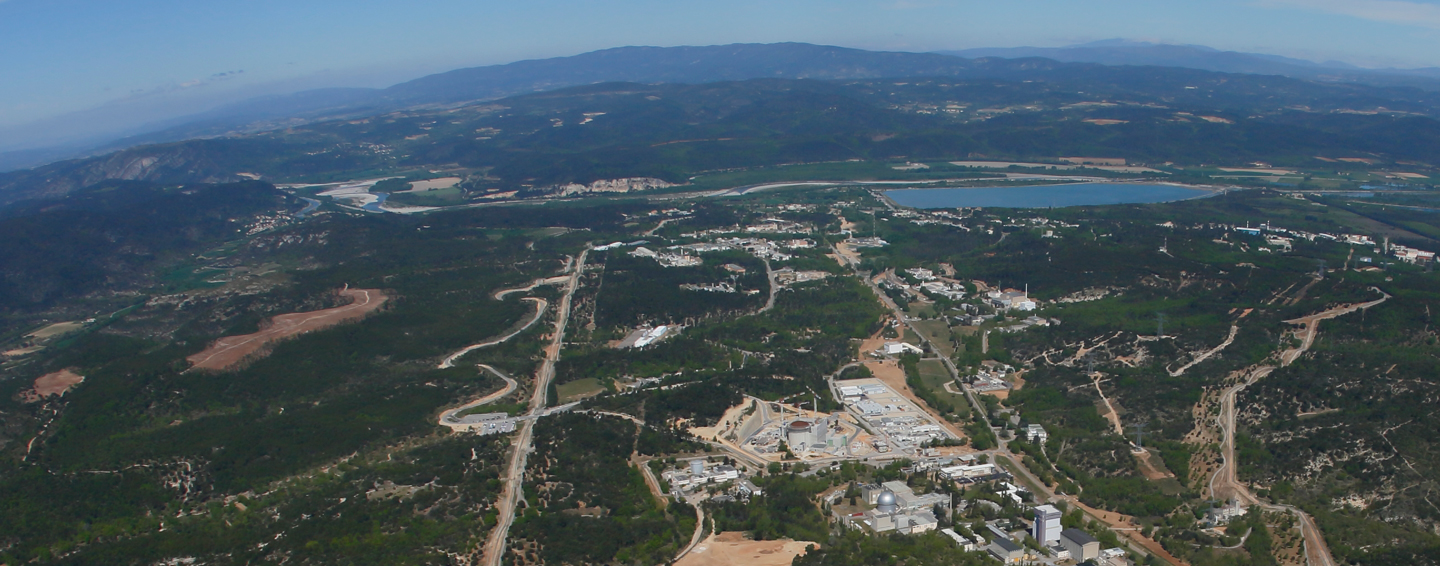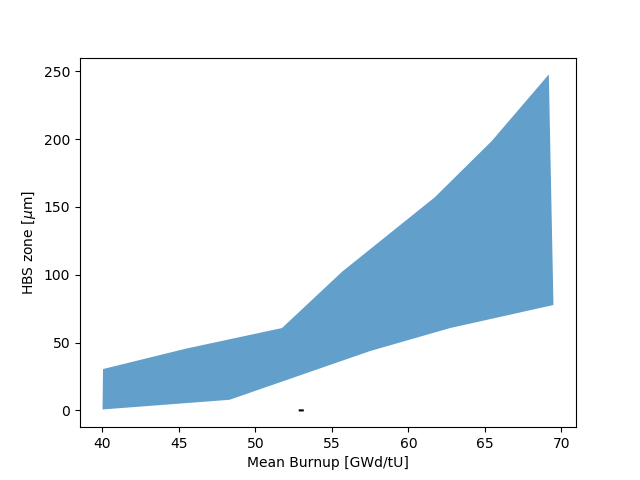LEI researcher’s internship at IRSN with respect to R2CA project mobility program

Andrius Tidikas a researcher at Lithuanian Energy Institute (LEI) spent 8 weeks at Institute for Radiological Protection and Nuclear Safety (IRSN) site at the CEA Cadarache Technological Research and Development Centre for Energy working with locally developed mechanistic fission product release code called MFPR-F. Researcher participated in the code coupling effort, where MFPR code was integrated into TRANSURANUS fuel performance code.
During the visit, the phenomena of High Burnup Structure (HBS) formation was investigated. HBS formation appears in fuels with relatively high burnup on the outer layer of fuel pellet. HBS microstructure has a smaller grain size and larger porosities filled with volatile fission products compared to the regular fuel pellet microstructure. HBS could play a role in annealing conditions where temperature studently rises above the normal conditions (e.g. loss of coolant/heat sink). During the annealing fuel fragmentation and significant fission product burst release is expected.
Numerical model of above mentioned HBS physical phenomena is implemented in the MFPR-F computer code, developed by IRSN. In MFPR-F HBS formation correspond to the dislocation density increase in the discretized equivolumetric fuel pellet meshes. After HBS appearance in the mesh, fission gas migrates from grain to intergrain boundary resulting in the fuel pellet shrinkage.
Fuel performance code TRANSURANUS was coupled with MFPR-F code. Two cases based on Studsvik and Halden fuel modelling in accident conditions (FUMAC) benchmarks were examined. Coupled code performance and outputs were evaluated against the standalone TRANSURANUS calculations. In LOCA conditions, during annealing phase, correlation between fission gas release and fuel cladding rupture event was observed.
The internship activities were conducted under The Reduction of Radiological Consequences of design basis and extension Accidents (R2CA) project framework taking advantage of R2CA project mobility program.


Andrius Tidikas
LEI
Andrius.Tidikas@lei.lt